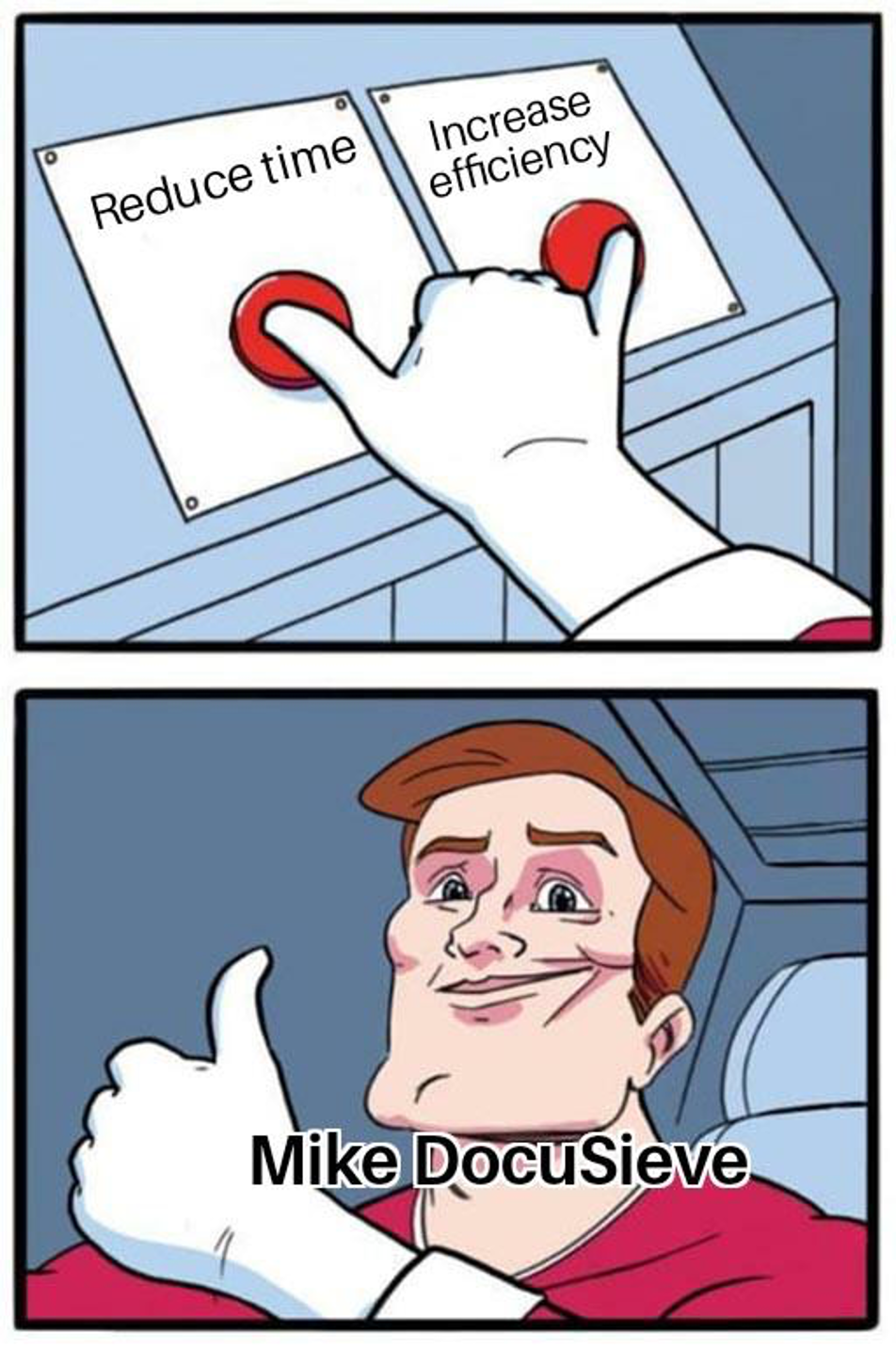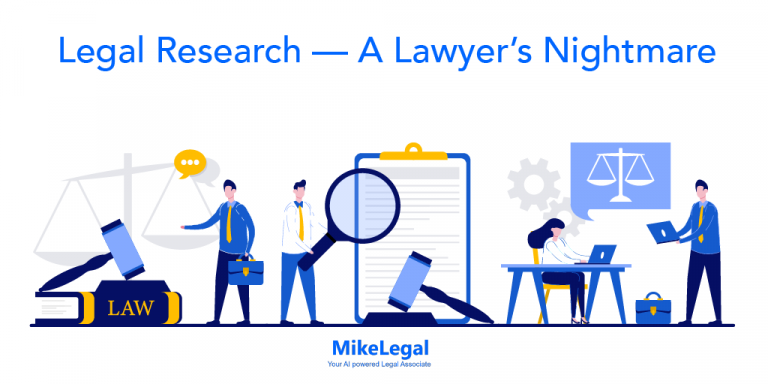Problems With Drafting Commercial Contracts & How to Overcome Them
In today’s world, contracts have become an ever-pervasive part of human existence. Something as simple as buying groceries from your local kirana store is in essence a contract. We shall, however, be focusing on the commercial contracts through the course of this blog. Commercial contracts in this sense can be understood to be written agreements executed between companies to validate any kind of a transaction, sale or assignment etc.
With ever-expanding operations of organisations in their relevant markets, in-house legal teams are facing a race against time to draft and execute the same while ensuring that the contracts are precise, unambiguous and efficient in protecting the interests of the parties involved. Poorly drafted contracts can be detrimental to a company in multifarious ways. It can miss out on key terms to protect the interests of the company, or favour the other side. It can leave ambiguous terms open to judicial interpretation and even confer a jurisdiction that is not favourable to the company. It is safe to presume that properly drafted contracts can be seen as an asset to a company reducing the possibility of disputes and being effectively enforceable to save both time and money for the company.
In light of the above-mentioned situations, lawyers are under increasing pressure to perfect the art of drafting commercial contracts. Through the course of this blog, we shall explore the basic challenges faced during the drafting of commercial contracts and how Mike DocuSieve can help them overcome the same effectively.
Templates
Nowadays, hardly any contract is typed from scratch. Most of the organisations keep their exhaustive templates ready so that they can be used in future.
Templates differ in grammar, framing and sequencing of clauses. They can be missing key clauses important to the company or can contain unnecessary clauses adding to the bulk of the contract. Templates are usually made to be customized and hence contain blanket terms and an expansive language. With commercial contracts, specificity is the key. Hence, it is important that the template taken to draft be as close to the specific requirement of the company as possible. It should be adequately scrutinized for missing or extra clauses and should be altered accordingly to suit the needs of the parties.
Language
Language is both a curse and a boon. The wordings of a contract can either bind it to a specific situation or leave it open for interpretation. From the point of view of a company, the latter is the better option when it comes to disputes regarding the enforcement. It is preferred to draft the contract in plain English using definitive verbs and simple sentence structure so that there is less scope for reading between the lines. While they can be drafted in both passive or active voice, the big challenge faced in drafting big commercial contracts is maintaining the consistency of the voice.
The expansive usage of Legal Tech in the contract management and drafting field is bringing about a radical change in the way we draft contracts. Mike DocuSieve is one such proofreading tool. The AI-powered Word add-in helps in locating such inconsistencies in language throughout the contract and further guides you on how to correct them. Furthermore, it analyses the formatting of the document, recognizes issues and suggests changes to be made. The AI is also capable of organising and rearranging all the defined terms of the agreement in alphabetical order in the add-in. It can fix definitions, check inconsistent ones and correct them and even identify the defined terms that are not used in the contract.
DocuSieve makes sure that the language used in the contract is up to the best-accepted standard and hence gives an edge to your drafts by making them clear, precise, unambiguous and all-encompassing.
Proofreading
When it comes to drafting contracts, the rule of thumb is that the first draft is never the final one. While many pass proofreading as an unnecessary step, it is actually a crucial part of the drafting process. It allows for the drafter to recognize issues and mistakes and accords them an opportunity to correct the same. Poor proofreading leads to contracts solidifying mistakes made during drafting. It can not just lead to spelling mistakes and grammatical errors but can result in changing definitions and interpretation of terms. This step must be executed with diligence where the document is scrutinized thoroughly from end to end so as to minimize the scope of mistakes trickling into the final agreement.
The problem lawyers face in proofreading is the lack of a methodical process to the same. All companies have their own standards and rules to draft contracts and the document just doesn’t need to be in tandem with the overall law but also with the internal regulations. Mike DocuSieve allows the drafter to automate the proofreading process. Customized rules of the company can be fed into the application which completes the job of proofreading for the drafter. This saves crucial man-hours and effort that goes into the work and also minimizes risk of human error in the contract.
Conclusion
The relevance of contracts in the commercial is self-evident. It does not need to be stated that they can make or break the case of a company in the instance of a dispute, and hence need to be drafted meticulously and with precision. Mike DocuSieve is not just an automated assistant that helps in drafting, but rather a tool that makes the process less cumbersome and saves important work hours. Currently, lawyers spend up to thirty-five percent of their hours in non-billable work like formatting and proofreading. Mike DocuSieve saves up to one and a half billable hours per draft which enables lawyers to eliminate costs and increase profitability. Owing to the above factors, technologically sound, AI-powered applications are growing in demand each day and will be seen as a must-have for law firms and legal offices in the near future.


